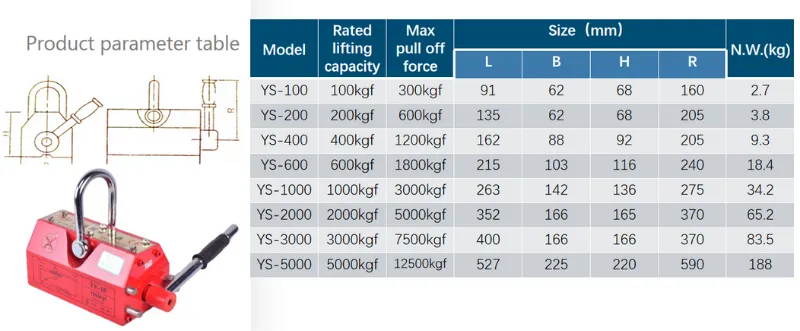Versatile Gantry Crane Systems for Efficient Material Handling and Construction Applications
Understanding Gantry Girder Cranes A Comprehensive Overview
Gantry girder cranes are essential pieces of machinery used in various industrial settings for lifting and moving heavy loads. These structures consist of a framework that supports a hoist, usually elevated above the ground on legs that straddle the area where the work is performed. Unlike traditional overhead cranes, which are typically fixed to the building structure, gantry cranes offer greater flexibility and mobility, making them a preferred choice in multiple applications.
Structure and Design
The basic design of a gantry crane features two main components the gantry or girder and the supporting legs. The gantry can be single or double girder, impacting the crane's lift capacity and stability. The legs are often equipped with wheels, allowing the crane to move laterally along a track or on wheels for greater versatility.
Gantry cranes are designed to handle varying load capacities, and some can lift loads exceeding hundreds of tons. They are usually constructed from high-strength steel, ensuring durability and longevity. The height and width can also be customized to fit specific operational requirements, making them adaptable to different industrial environments.
Applications
Gantry girder cranes are widely utilized in a variety of industries, including manufacturing, shipping, construction, and maintenance. In manufacturing, they are commonly used to assemble and move large components, while in shipping yards, they help in loading and unloading containers efficiently. The construction industry benefits from their ability to position materials swiftly and reliably on job sites where space may be limited.
Another significant advantage of gantry cranes is their ability to facilitate maintenance tasks. For instance, they can be employed to lift heavy machinery for repairs or inspections, thereby enhancing safety by providing workers with an effective means of access to elevated equipment.
gantry girder crane

Advantages
One of the most significant advantages of gantry girder cranes is their mobility. Unlike fixed overhead cranes, gantry cranes can be relocated as needed, allowing for dynamic use in busy work environments. They also require less investment in building infrastructure since they often do not need to be permanently installed.
Additionally, gantry cranes can be equipped with various hoisting mechanisms, including electric hoists, chain hoists, or pneumatic systems, thereby providing flexibility based on the specific needs of a project. They can also be fitted with modern control systems, such as remote-operated controls, enhancing operational efficiency and safety.
Safety Considerations
While gantry girder cranes offer significant operational advantages, it is crucial to observe proper safety protocols. Operators must undergo thorough training to understand the mechanical and operational aspects of the crane. Regular inspections and maintenance are essential to ensure the crane's integrity and reliability. Moreover, the area around the crane should be kept clear of obstacles and unauthorized personnel to minimize the risk of accidents during operation.
Conclusion
In conclusion, gantry girder cranes represent an invaluable asset in the industrial sector. Their flexible design, adaptability, and capacity for lifting heavy loads make them ideal for various applications, from manufacturing to construction and maintenance. As industries continue to evolve, the demand for efficient, mobile, and safe lifting solutions like gantry cranes will undoubtedly grow, further solidifying their role in modern operations. Understanding their workings, applications, and safety measures can enhance not only productivity but also ensure a safe working environment for all involved.
-
Unlock Seamless Relocation with Our Heavy Equipment Moving ExpertiseNewsJun.06,2025
-
Unleash Unrivaled Flexibility with Our Adjustable Gantry CraneNewsJun.06,2025
-
Unleash Heavy-Duty Efficiency with Our Industrial Gantry Crane SolutionsNewsJun.06,2025
-
Revolutionize Steel Handling with Our Magnetic Lifter RangeNewsJun.06,2025
-
Master Equipment Mobility with Premium Machinery Mover SolutionsNewsJun.06,2025
-
Elevate Your Material Handling with Magnetic Lifter TechnologyNewsJun.06,2025
-
YS Permanent Lifting Magnets: The Smarter Way to Handle SteelNewsMay.22,2025
